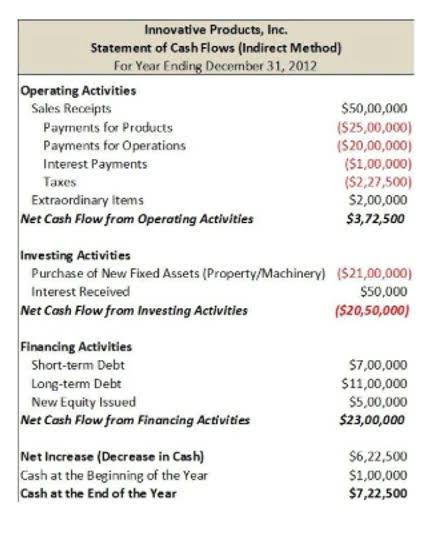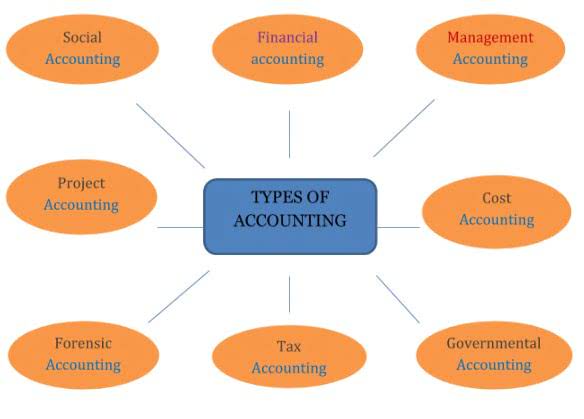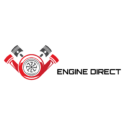
In the retail sector, cost control focuses on inventory management, operational cost reduction, and supply chain optimization. Techniques such as efficient inventory systems, vendor negotiation for favorable pricing, shrinkage monitoring, and cost-effective marketing strategies are employed to achieve these goals. This involves identifying areas for improvement, setting goals, implementing changes, and measuring the impact of those changes. It facilitates strategic decision-making by providing insights into cost drivers and spending patterns, enabling informed resource allocation and investment choices.
Monitoring costs
- Without all information in one place, cost control results might be inaccurate and riddled with errors.
- Now that we understand the process, characteristics, and methods of cost control analysis, let us understand its practical application through the examples below.
- Addressing these challenges requires robust planning, regular training, and the use of integrated tools that centralize cost management functions.
- Cut expenses or negotiate better deals with suppliers to offer your customers lower prices or other incentives, such as free shipping or discounts.
- Then, if you notice cost overruns at any given milestone, you can determine how to reduce costs moving forward.
- Data analytics provides extensive insights into spending patterns, enabling businesses to predict future expenses accurately.
- Using these checkpoints, finance experts can examine the modifications that are required and adjust the budget accordingly.
There are likely many people involved in your company’s cost management operation. Depending on how big your team is, you may have different people working on resource planning and budgeting. Cost control analysis allows businesses to identify the best course of action to bring spending back in line with their budget. It typically involves variance analysis which aims to understand the cause behind budget overruns. How businesses implement cost controls depends entirely on the findings of their cost control analysis.

What is Cost Control? Definition, Features, Process, Advantages, Disadvantages

Assume, for example, that a retail clothing shop wants to earn $10,000 in net income from $100,000 in sales for the month. To reach the goal, management reviews both fixed and variable costs and attempts to reduce the expenses. Inventory is a variable cost that can be reduced by finding other suppliers that may offer more competitive prices. Cost control software, which often includes dashboards for spend management retained earnings balance sheet and spend analysis, is available as a management system for different business applications. The resource-based technique is an option if time is considered a sensitive asset. Here, the team will estimate and manage the amount of time it takes to complete a certain portion of the work and schedule it to a calendar.
Types of Expenses Affected by Cost Control
Variable costs are usually the easiest and most effective target for cost control because they fluctuate over time. They also tend to be supplied on less rigid, shorter term contracts than fixed costs, like rental contracts. We’ll also outline some of the most common cost control methods that businesses use to tackle budget overruns. Cost analysis involves examining the various cost components within an organization. It includes identifying direct and indirect costs, analyzing cost drivers, and understanding the factors that contribute to expenses. This analysis helps in identifying areas where costs can be minimized or optimized.
- It entails multiplying the proportion of project work accomplished by the budget at the time of project completion.
- Cost control involves identifying and reducing expenses to increase company profits.
- Global geopolitical events and natural disasters are particularly devastating since businesses are often hit with unexpected costs during these trying times.
- Tracking business expenses in real time improves cash flow, increases transparency, eliminates discrepancies, and lets you see how your actual costs are stacking up against your projections.
- Actual cost refers to the real amount spent on a project, as opposed to the estimated or budgeted cost.
- It can also be taken into use by users for determining if the project in question is financially viable or not.
- If cost variances are excessive and cancellation is feasible, a business may decide to terminate an unprofitable project before completion.
Cost control gives you an entire overview of cost control definition the company’s cost structure, where you can spot potential risks before they actually happen. Not only does this apply to external factors such as market conditions or economic downturns, but it also digs deeper into internal processes. Expenses that are partially fixed and partially variable fall under semi-variable costs. For example, while employees have a monthly salary, they may receive a sales commission based on their performance.
Best Cost Control Strategies
- Integrating automated cost control tools can help flag anomalies in real time, enabling proactive measures to keep the project within budget.
- These ERP systems help organizations optimize their processes, improve efficiency, enhance data-driven decision-making, and drive overall business growth.
- This includes reducing energy consumption, optimizing waste management, and implementing sustainable procurement practices, ultimately leading to cost savings and a positive environmental impact.
- Besides cost reduction, consider adding the following techniques to your cost control arsenal.
When you build in some budget wiggle room from the start, you have a better chance of maintaining profitability. Creating, implementing and maintaining an effective cost control strategy requires time and effort. If you’d prefer to handle it in-house, these steps will guide you through the process. In order to reap the benefits of cost control, you’ll want to start tracking cost variance.
AccountingTools
The implementation of automation technologies, techniques and processes improve the efficiency, reliability, and speed of production that were https://www.bookstime.com/blog/ai-in-accounting-revolutionizing-financial-management previously performed by humans. That means by the implementation of automation we can produce more goods in the same amount of time. Some companies choose to outsource from cheaper wage markets, lowering their labor expenses. This practice also reduces indirect spending, such as costs for office supplies or equipment. Instead of tailoring the past budget, the organization bases each cost on its current business goals.


Standard costing compares actual costs to predetermined standards based on historical data, industry benchmarks, or management expectations. By establishing standard costs for materials, labor, and overhead, companies can identify variances and investigate their causes. For instance, higher-than-expected labor costs might indicate inefficiencies or increased wages.
